(AI) Artificial Intelligence
The Future of YCS: Driving Innovation with AI
Making it Happen!
-
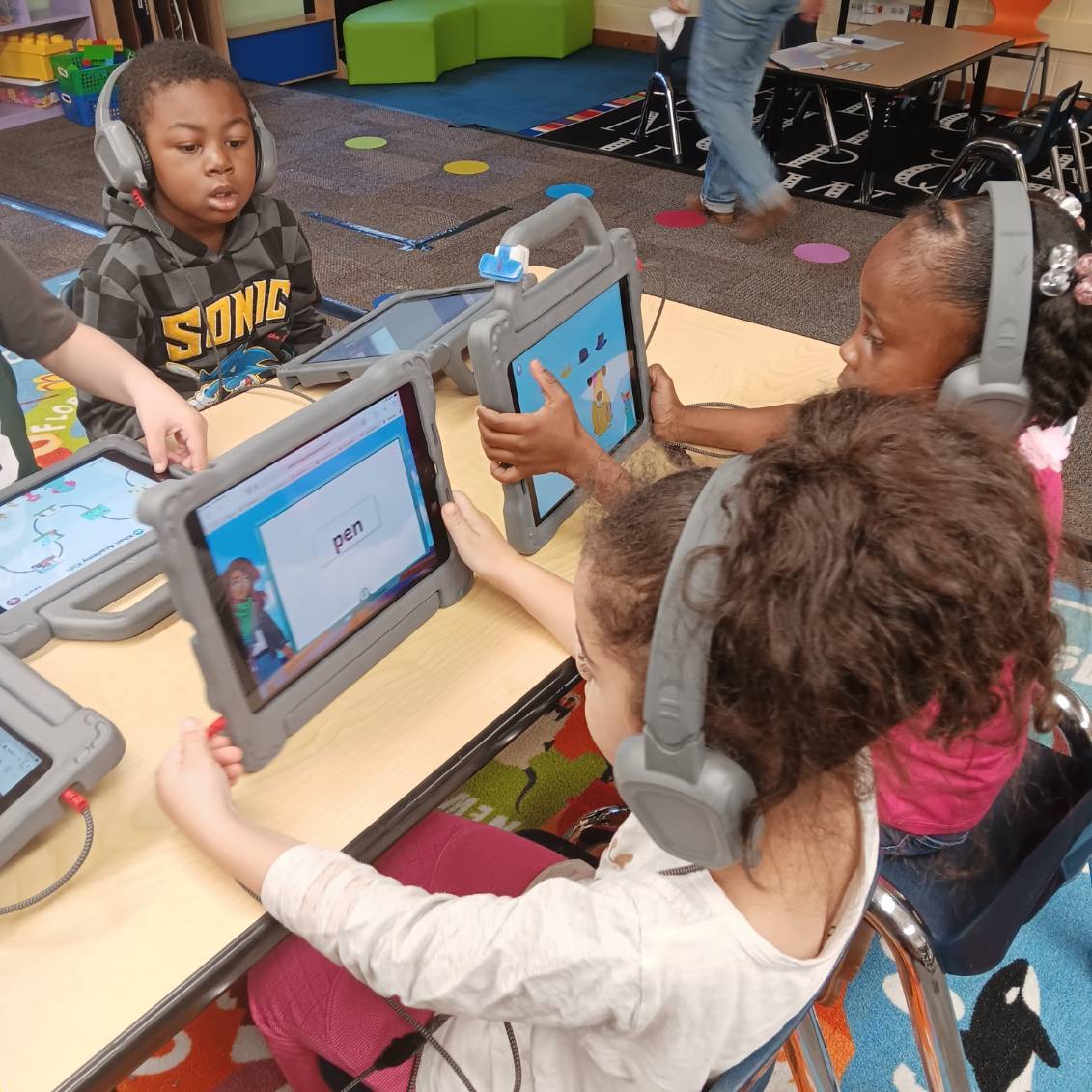 Click to see a larger version
Skip to end of gallery
Skip to start of gallery
Click to see a larger version
Skip to end of gallery
Skip to start of gallery
-
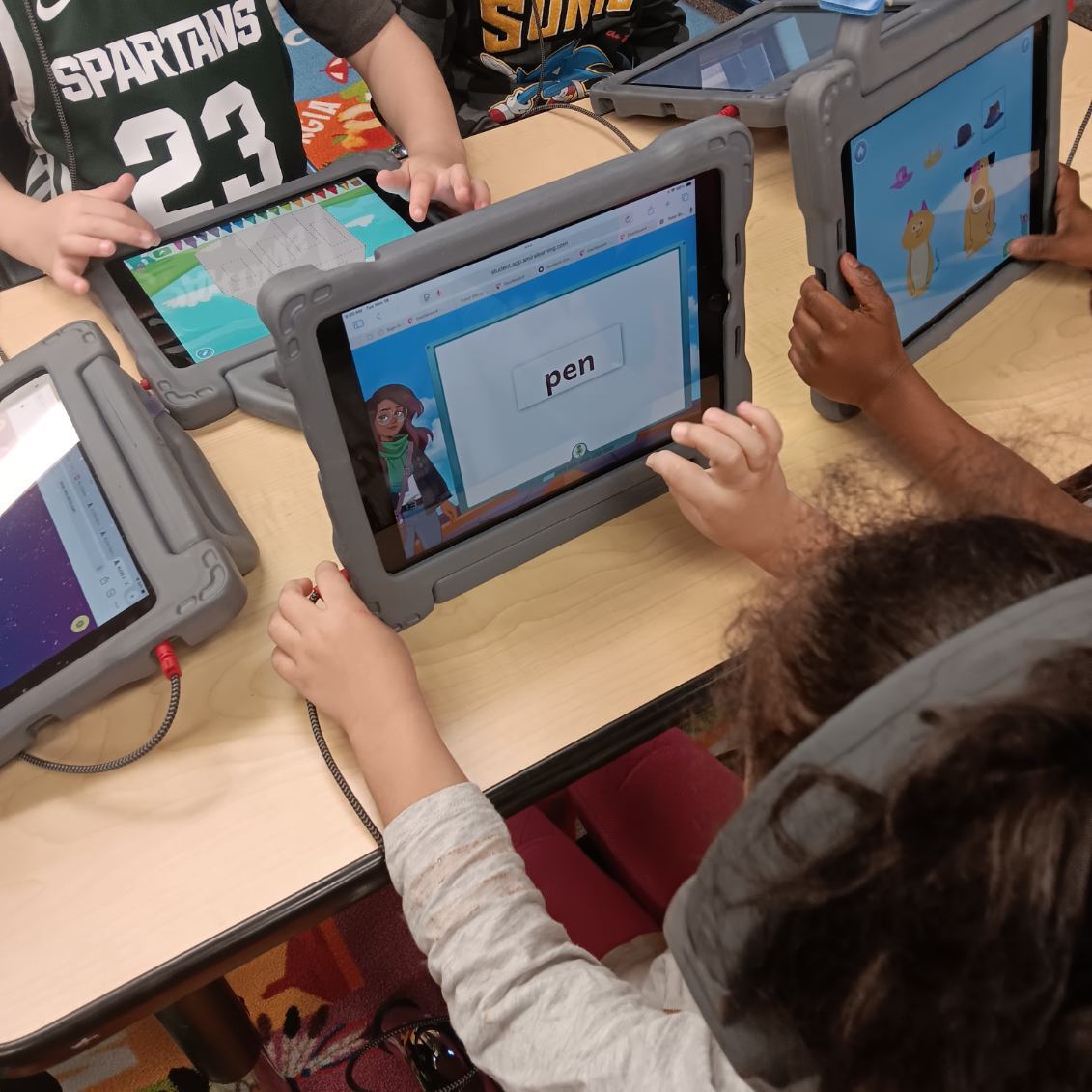 Click to see a larger version
Skip to end of gallery
Skip to start of gallery
Click to see a larger version
Skip to end of gallery
Skip to start of gallery
-
 Click to see a larger version
Skip to end of gallery
Skip to start of gallery
Click to see a larger version
Skip to end of gallery
Skip to start of gallery
-
 Click to see a larger version
Skip to end of gallery
Skip to start of gallery
Click to see a larger version
Skip to end of gallery
Skip to start of gallery
-
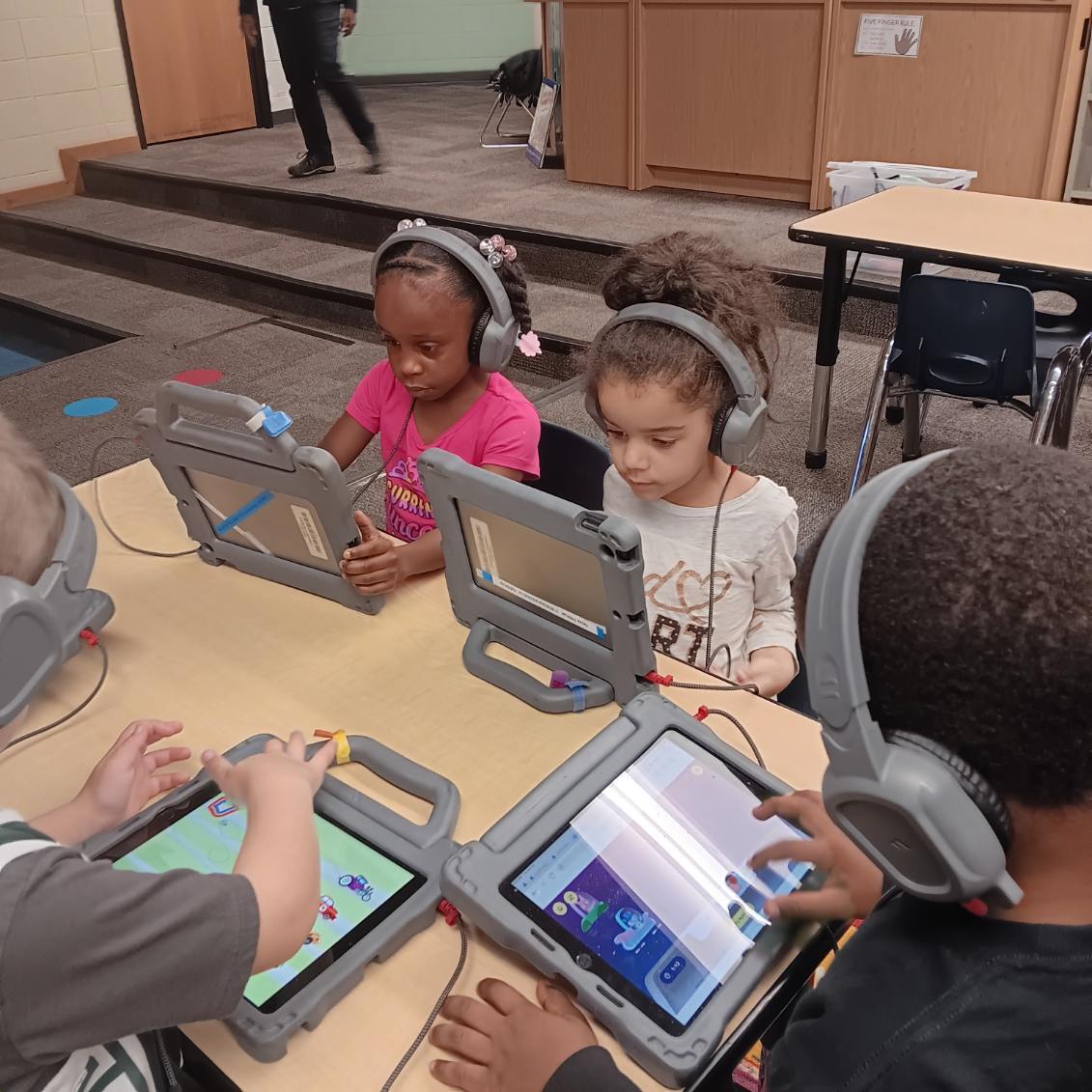 Click to see a larger version
Skip to end of gallery
Skip to start of gallery
Click to see a larger version
Skip to end of gallery
Skip to start of gallery
-
 Click to see a larger version
Skip to end of gallery
Skip to start of gallery
Click to see a larger version
Skip to end of gallery
Skip to start of gallery

Artificial Intelligence at Ypsilanti Community Schools 
Ypsilanti Community Schools (YCS) is forging a path as an AI Pioneer in education, distinguishing itself as the sole Michigan school district and one of just eleven nationwide chosen for a prestigious AI training initiative. This underscores YCS's profound commitment to embedding AI into its educational framework.
Leading the Charge in AI Education
YCS's proactive approach is exemplified by its participation in the nine-month AIxCoherence Academy program. This initiative provides comprehensive coaching and workshops for staff, ensuring AI integration aligns with meaningful educational outcomes. Further solidifying its leadership, Ypsilanti Community High School (YCHS) has been designated the inaugural HP AI Spotlight School. This distinction grants YCHS cutting-edge technology and resources, fostering an environment rich in AI-focused learning. YCHS is actively weaving AI into diverse aspects of its curriculum, aiming to significantly enhance student learning and career readiness. Beyond AI specifics, YCS champions digital literacy, providing devices to all students from first to twelfth grade, thus promoting technological proficiency and equitable access to online learning.
AI in the Classroom and Beyond
YCHS is strategically expanding its Career and Technical Education (CTE) offerings to incorporate AI education. This equips students with vital skills such as problem-solving, data literacy, and automation knowledge, preparing them for the demands of the modern workforce. The district is also exploring innovative uses of AI and virtual reality to deliver hands-on learning experiences in fields like automotive repair, engineering, and nursing. These immersive opportunities have the potential to lead directly to valuable trade certifications and employment.
Preparing for an AI-Driven Future
Ypsilanti's concentrated effort on AI education is a clear commitment to preparing students for a future where AI skills will be paramount. Initiatives like the HP AI Spotlight School and the specialized AI training program are designed to empower students with the knowledge and abilities essential to thrive in an increasingly AI-influenced world.
In essence, Ypsilanti, particularly through its Community Schools, is taking decisive action to integrate AI into its educational programs. The district is not only investing in advanced technology and resources but also in comprehensive staff training and curriculum development, all aimed at empowering students with the skills and knowledge needed to succeed in an AI-driven future.
What is Artificial Intelligence?
Artificial Intelligence (AI) is the field of computer science dedicated to creating systems and machines capable of executing tasks that usually demand human intelligence, such as learning from experience, solving complex problems, interpreting language, and recognizing patterns or images.
Fueled by a recent wave of interest, generative AI tools like Gemini and NotebookLM have taken center stage in educational conversations. However, it’s crucial to recognize that these tools are just one subset of AI, not the entire discipline. Generative AI specializes in producing human-like text, code, or other creative outputs. In contrast, the wider domain of AI includes a diverse array of technologies and methodologies, all focused on developing intelligent systems that can emulate human capabilities across various tasks.
Purpose & Overview
Purpose & Overview 
This framework provides a clear roadmap for integrating Artificial Intelligence (AI) across a K–12 district. It aligns with the Michigan Virtual AI Framework and helps leaders move from exploration to full implementation while maintaining ethical, equitable, and transparent practices.
The guide supports districts in:
- Translating mission and beliefs into actionable AI practices
- Defining an AI-Ready Graduate
- Forming a cross-functional leadership team
- Embedding policy, ethics, infrastructure, instructional alignment, and communication
- Measuring fidelity, sustainability, and student outcomes
Intended Audience:
School boards and superintendents, central office leaders, building administrators, instructional technology directors, data and privacy officers, curriculum leads, teacher leaders, union representatives, and communications and family engagement teams, as well as our scholars and guardian/community advisory groups.
Ypsilanti Community Schools Mission Statement AI Addendum
The purpose of YCS is to develop mindful, engaged students with the skill set, work ethic, and attitude to contribute to a community that honors diversity, equity and justice.
“Ypsilanti Community Schools is dedicated to engaging our scholars and adults in achieving their maximum potential through focused, high-quality programs.”
AI Extension:
We commit to integrating Artificial Intelligence responsibly into teaching, learning, and operations — preparing our scholars and staff to be ethically informed, data-literate, and innovative contributors in an AI-driven world.
Ypsilanti Community Schools Mission Statement AI Addendum
Ypsilanti Community Schools Mission Statement AI Addendum 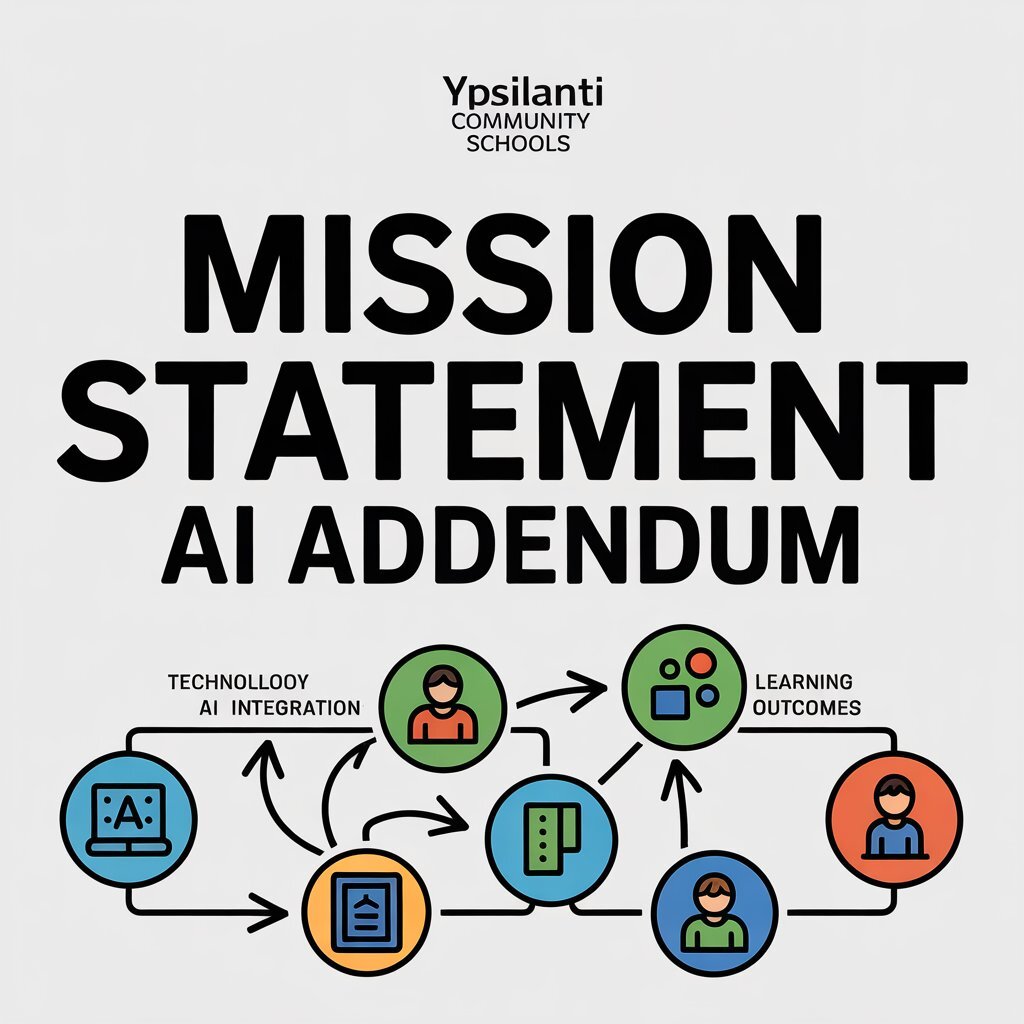
The purpose of YCS is to develop mindful, engaged students with the skill set, work ethic, and attitude to contribute to a community that honors diversity, equity, and justice.
"Ypsilanti Community Schools is committed to empowering our scholars and adults to reach their full potential through targeted, top-notch programs."
AI Extension:
We commit to integrating artificial intelligence responsibly into teaching, learning, and operations—preparing our scholars and staff to be ethically informed, data-literate, and innovative contributors in an AI-driven world.
Belief Statements (AI-Specific)
Belief Statements (AI-Specific) 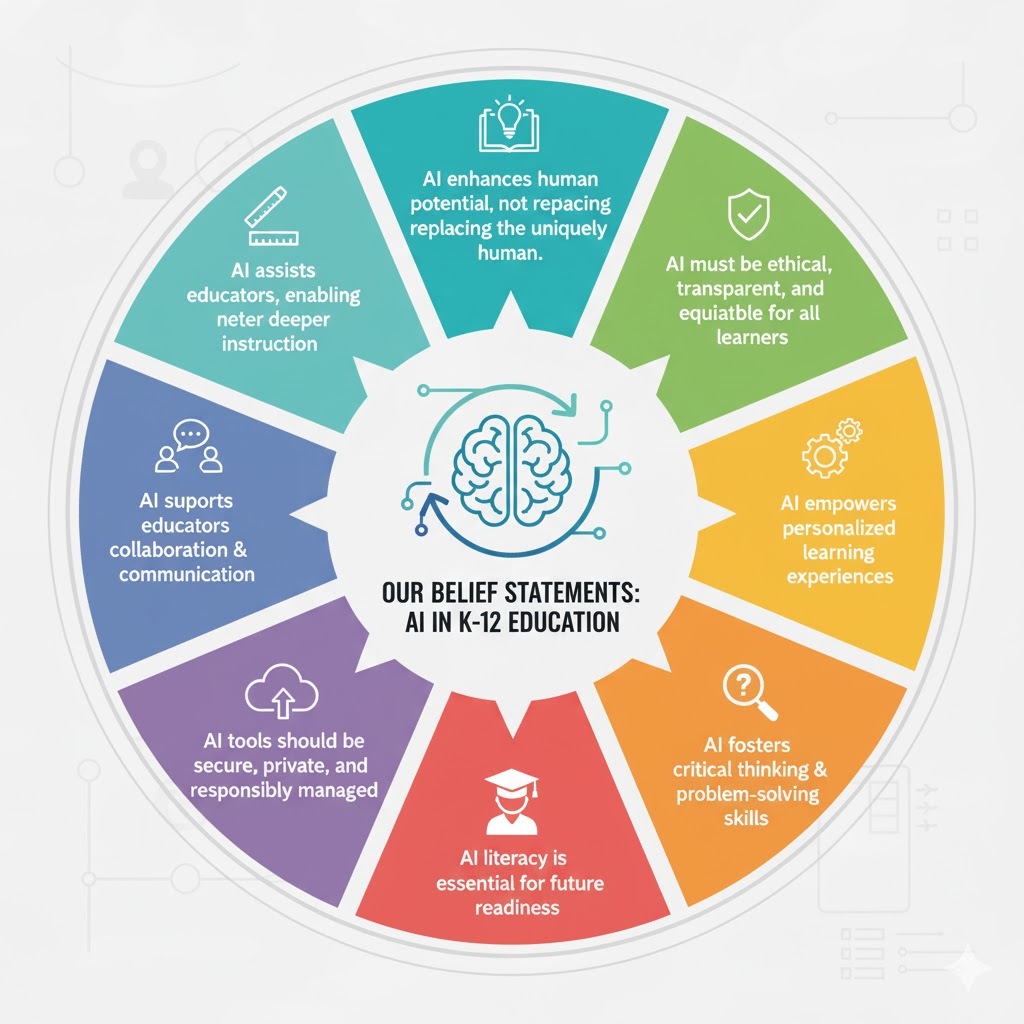
Community members of Ypsilanti Community Schools believe that:
- “Putting Our Scholars First” includes protecting student data privacy and ensuring AI serves learners — not replaces teachers.
- High student achievement now includes AI-augmented skills, such as critical evaluation of AI outputs.
- A safe school environment includes safeguards against AI bias and security risks.
- A high-performing staff uses AI tools ethically and effectively.
- Effective communication requires transparency about how AI is used and what data it collects.
- Fiscal responsibility means evaluating AI investments for both short- and long-term impact.
Profile of an AI-Ready Graduate
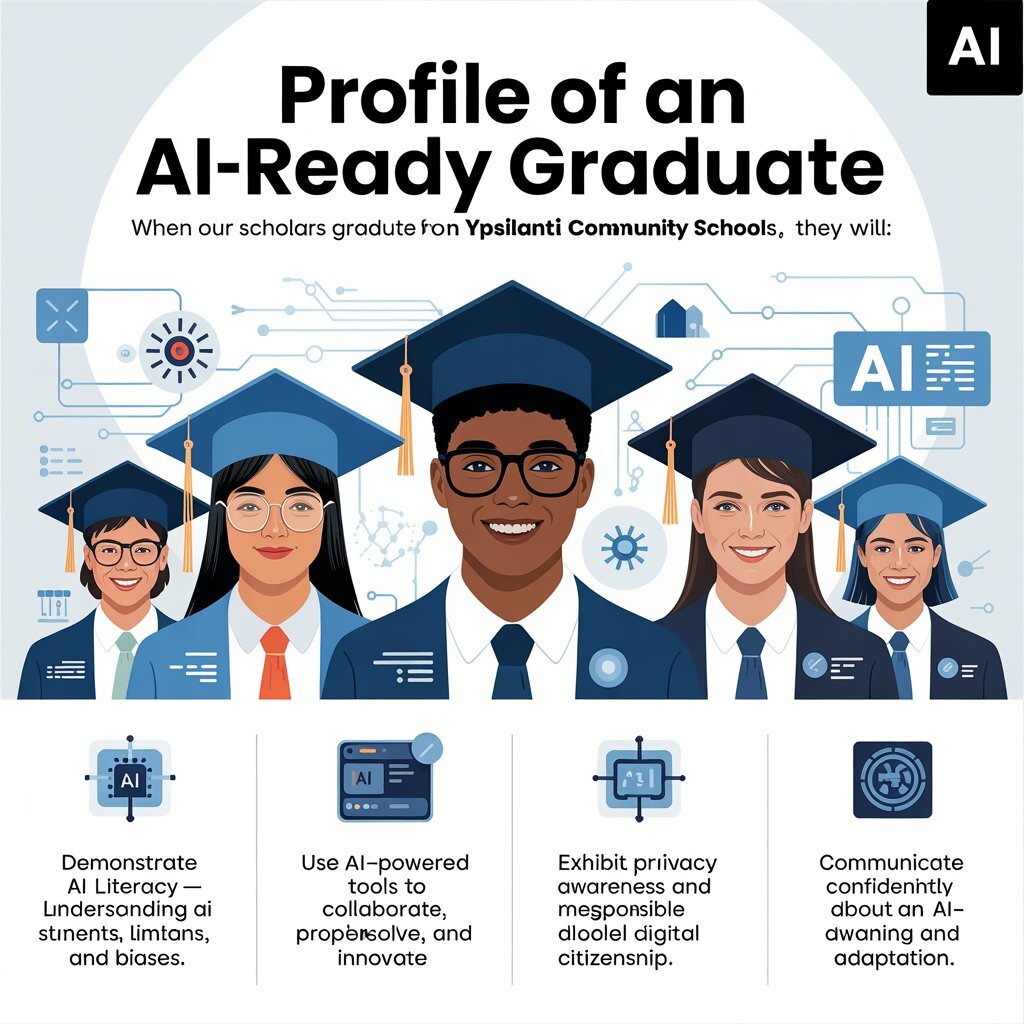 Profile of an AI-Ready Graduate
Profile of an AI-Ready Graduate
When our scholars graduate from Ypsilanti Community Schools, they will:
- Demonstrate ethical AI literacy — understanding AI’s strengths, limitations, and biases.
- Use AI-powered tools to collaborate, problem-solve, and innovate.
- Exhibit data privacy awareness and model responsible digital citizenship.
- Communicate confidently about AI-driven learning and adaptation.
How to Use This Template
How to Use This Template 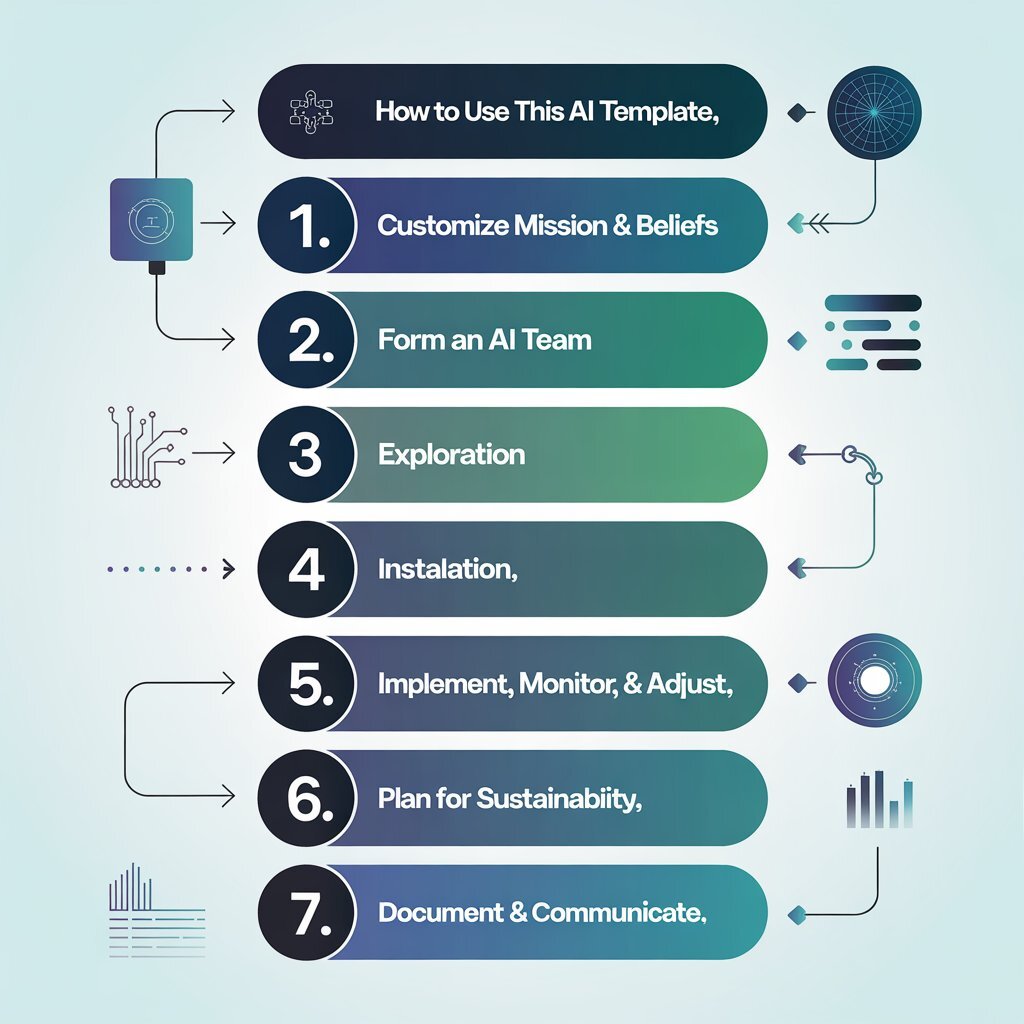
- Customize Mission & Beliefs – Replace placeholders and align with district goals.
- Form an AI Team – 8–12 members representing all stakeholder groups.
- Conduct Stage 1 (Exploration) – Needs assessments, feasibility analysis, and buy-in.
- Proceed to Stage 2 (Installation) – Pilot approved tools; set up infrastructure.
- Implement, Monitor, & Adjust (Stages 3–4) – Collect data, improve fidelity, communicate outcomes.
- Plan for Sustainability (Stage 5) – Begin planning before Year 3 for renewal and scaling.
- Document & Communicate – Publish brief “AI Implementation Highlights” for transparency.
AI Integration: NIRN Stages Overview
AI Integration: NIRN Stages Overview 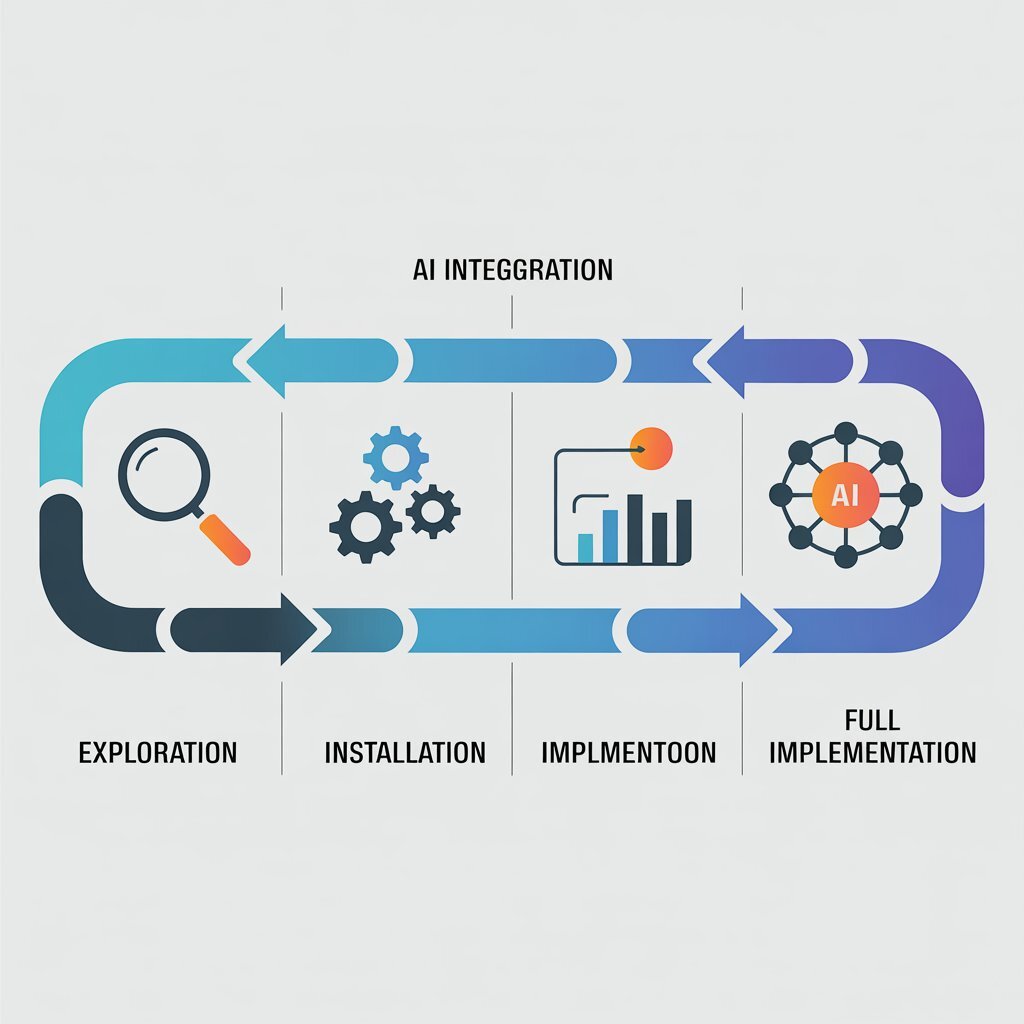
Aligned with the National Implementation Research Network (NIRN) and Michigan Virtual AI Framework domains:
- Governance & Vision
- Policy & Ethics
- Infrastructure
- Capacity Building
- Instructional Framework
- Outreach & Engagement
Stage 1 – Exploration
Purpose: Assess district readiness, determine fit, and ensure AI aligns with goals and community values.
Key Actions:
- Form an AI Exploration Committee.
- Conduct needs and capacity assessments.
- Use the Hexagon Tool for feasibility.
- Research best practices and case studies.
- Identify potential pilots.
- Review equity and data privacy impacts.
- Obtain stakeholder buy-in.
Outcomes:
- Committee established
- Needs/fit analysis completed
- Vendor short list developed
- Initial board and community support secured
Stage 2 – Installation
Purpose: Build infrastructure and professional capacity to support pilot implementation.
Key Actions:
- Finalize infrastructure and data governance.
- Convene the AI Steering Committee.
- Develop an AI Policy & Ethics Toolkit.
- Create professional learning plans.
- Present AI Plan & Budget for approval.
- Launch pilot training and communication channels.
Outcomes:
- AI infrastructure deployed
- Policy and ethics framework adopted
- Training programs launched
- Communication and feedback systems in place
Stage 3 – Initial Implementation
Purpose: Begin classroom use of AI tools and collect early data for improvement.
Key Actions:
- Pilot AI-augmented lessons.
- Continue coaching and training.
- Monitor technical performance.
- Gather stakeholder feedback.
- Refine systems and practices.
Outcomes:
- Teachers using AI tools with fidelity
- Data-driven refinements made
- Coaching networks active
- Family engagement through progress sharing
Stage 4 – Full Implementation
Purpose: Institutionalize AI practices district-wide and ensure measurable student impact.
Key Actions:
- Monitor fidelity across all buildings.
- Sustain infrastructure and compliance.
- Continue professional development.
- Conduct equity audits and data reviews.
- Publish annual AI Impact Reports.
Outcomes:
- ≥75% classrooms using AI effectively
- Improved student outcomes
- Continuous improvement and transparency
- AI embedded into all district systems
Roles & Responsibilities
Roles & Responsibilities 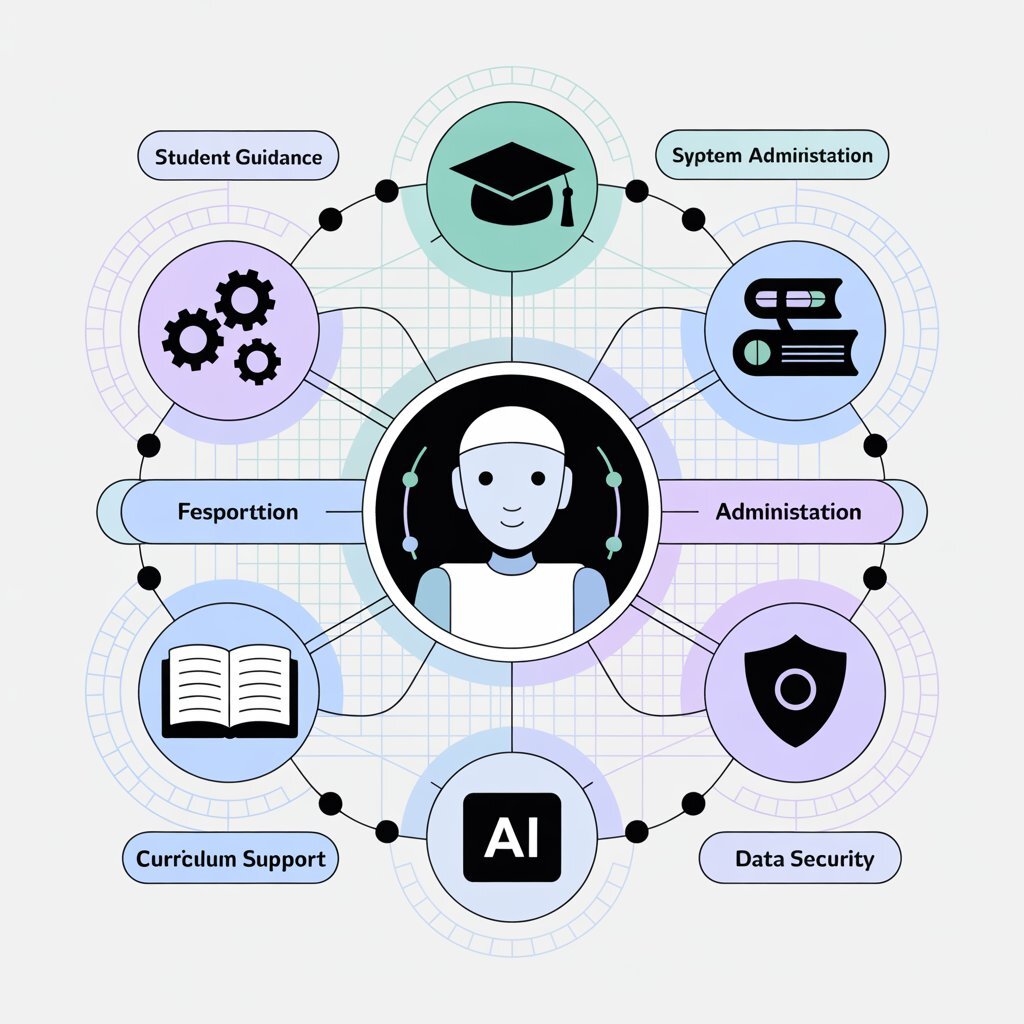
Board of Education
The Board approves the district’s AI vision and policy frameworks, allocates funding for AI infrastructure, and ensures community voices are represented in decision-making. They review impact reports on student outcomes and equity data, and adopt policies that safeguard student data and promote ethical AI use.
Central Administration
Central administration champions AI integration as part of the district’s strategic plan. They oversee budgeting, vendor contracts, and communication across departments. Administrators also facilitate AI leadership meetings, track implementation progress, and report AI-related performance indicators such as adoption rates and system uptime.
Technology Director
The Technology Director leads integration of AI tools into curriculum maps and ensures alignment with state standards and Michigan Virtual AI domains. They coordinate pilot programs, maintain “living” AI alignment documentation, and monitor technical performance and instructional outcomes.
Building Administrators
Building leaders ensure AI policies are followed at the school level. They identify teacher participants for pilots, provide time and support for AI training and coaching, and communicate updates to staff and families. Administrators also use AI dashboards to track adoption and address implementation challenges.
Instructional Coaches / AI Coaches
AI Coaches serve as the first line of support for teachers using AI tools. They provide just-in-time classroom coaching, co-teach lessons, troubleshoot issues, and collect feedback from educators. Coaches help design AI lesson templates, co-facilitate professional development, and monitor fidelity of implementation using rubrics or checklists.
Teachers
Teachers engage in professional learning on AI and integrate AI tools into lessons using provided templates and guidelines. They collect and share student data for continuous improvement, collaborate with peers to co-create AI resources, and communicate successes and challenges through established feedback channels.
Our Scholars and Parents
Our Scholars participate in AI-powered learning experiences such as writing assistants or adaptive practice tools. Parents attend district AI town halls, review communications, and provide feedback on AI’s impact on learning, equity, and engagement. Together, they contribute to transparency and community trust through ongoing dialogue and participation in student showcases or projects.
Ensure Safety, Equity, Transparency, and Human-Centered Practices
Ensure Safety, Equity, Transparency, and Human-Centered Practices 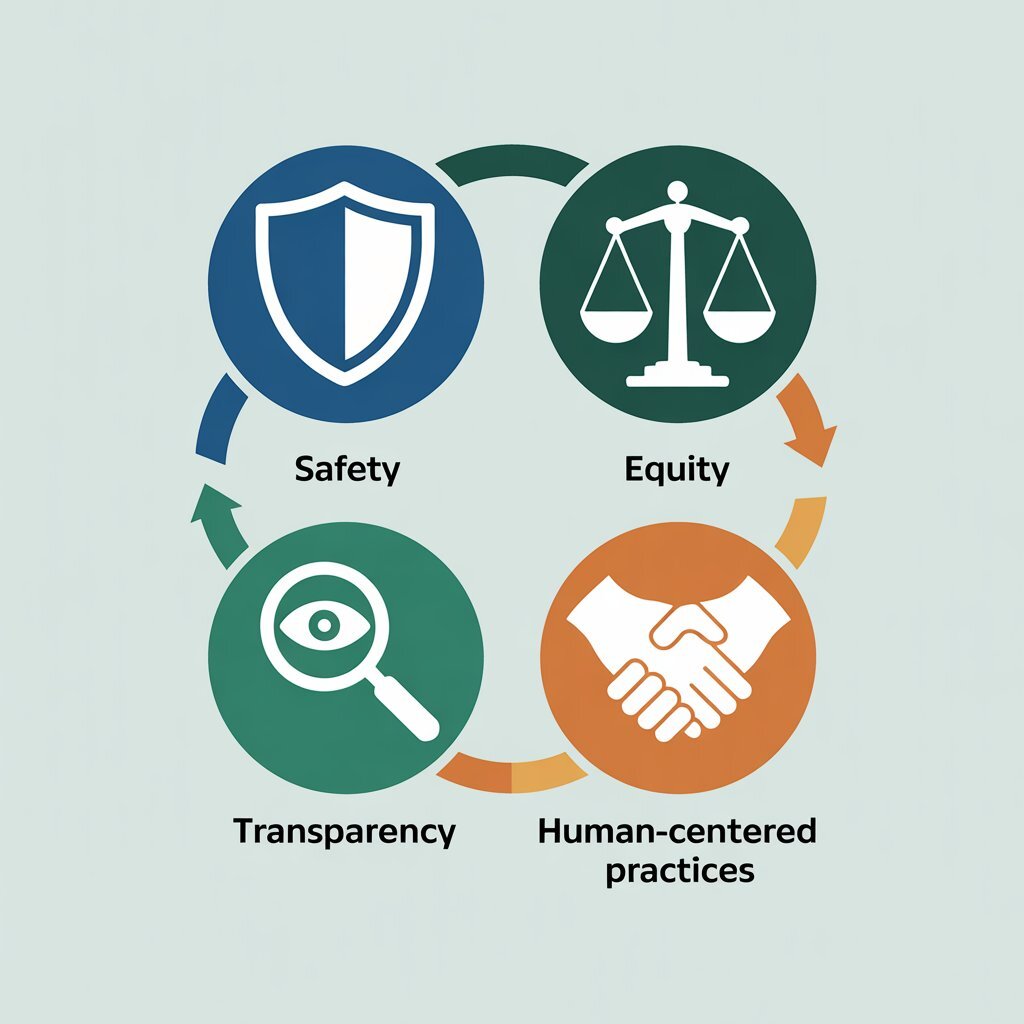
transition from exploration to implementation. It includes protocols for vendor acquisition, communication strategies, equity and bias mitigation, decision-making and governance, classroom and operational practices, and organizational readiness. Each section offers activities, rubrics, and references to support policy development.
Contributors:
Developed collaboratively by education leaders and researchers including Elaine Stiefel, Dr. Alena Zachery-Ross, Dwight Levens, Elizabeth Macklin, and Tovah Sheldon, synthesizing best practices from national and state education initiatives, academic studies, and policy frameworks.
Purpose and Scope
AI in education presents both opportunity and risk. This document guides districts in adopting policies that ensure safety, equity, transparency, and human-centered practices while advancing teaching, learning, and operational efficiency.
Key areas addressed include:
- Vendor acquisition and procurement
- AI communication and public engagement
- Equitable access and bias mitigation
- Ethical frameworks and governance
- Protocols for classroom and operational use
- Awareness, readiness, and implementation stages
AI Communication
AI Communication 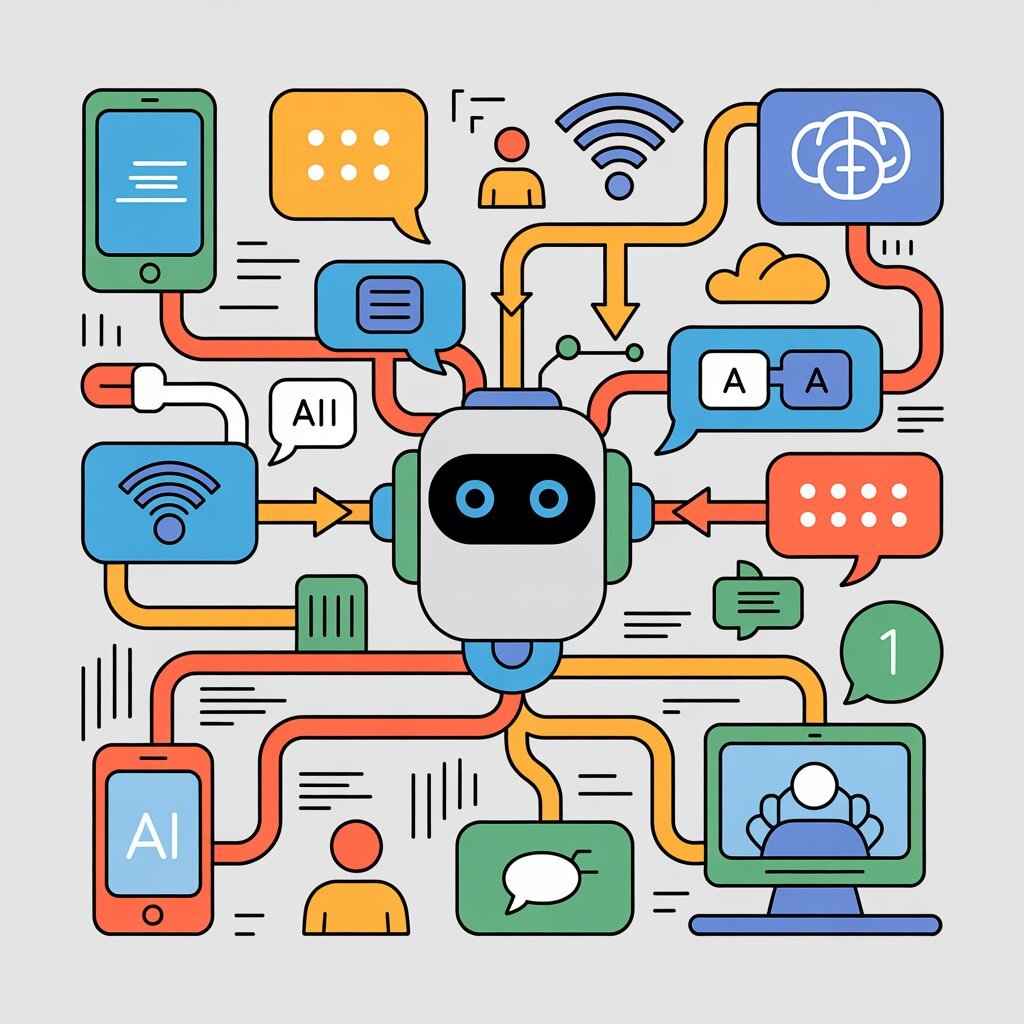
Clear, transparent communication about AI builds community trust. We must explain how AI is used, how data is protected, and how it aligns with learning goals. Messaging should be accessible, culturally inclusive, and regularly updated as technologies and laws evolve.
Key Considerations:
- Define clearly where and how AI is used.
- Keep messaging consistent district-wide.
- Be transparent about data collection and storage.
- Offer opportunities for families and staff to provide input.
- Address equity, ethics, and accessibility.
- Update communications as tools and policies change.
- Train staff to speak knowledgeably about AI.
Pros:
- Builds trust with families and staff.
- Reduces misinformation.
- Promotes ethical use and compliance.
- Increases understanding of AI’s educational value.
Cons:
- Requires continual updates.
- May prompt difficult questions.
- Adds to communication workload.
Protocols for Use
Protocols for Use 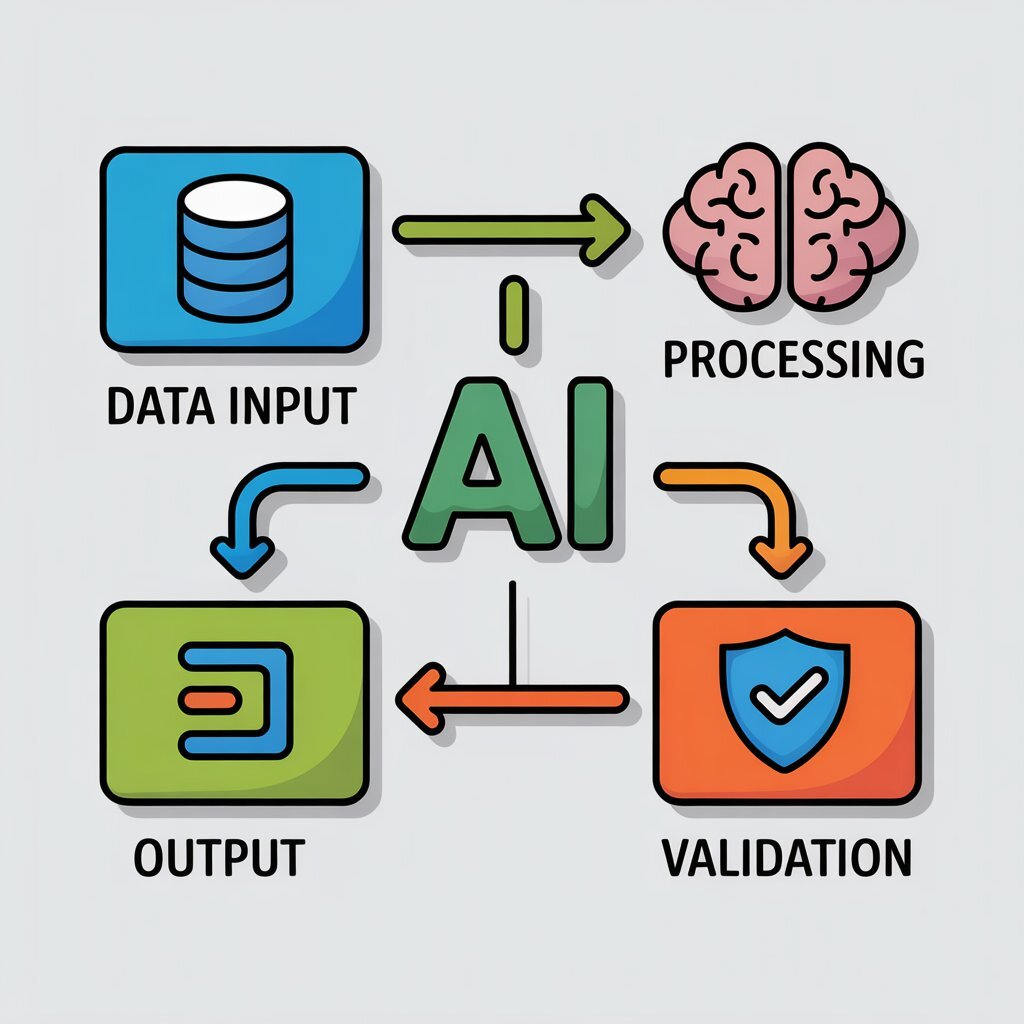
AI protocols define clear expectations for safe, ethical, and effective AI use in schools. They must prioritize privacy, academic integrity, and human-centered learning.
Key Areas:
- Data Privacy: Limit student data collection; comply with laws; ensure consent and security.
- Academic Integrity: Clarify plagiarism and citation expectations; emphasize critical thinking and learning purpose.
- Professional Practice: Provide PD, lesson-planning support, and guidance on disclosure.
- Student Literacy: Teach ethical and informed AI use.
- Governance: Create a stakeholder committee; maintain living documents; assess risk.
- Communication and Training: Offer ongoing staff and family education.
Pros:
- Increases clarity and consistency.
- Builds shared responsibility and trust.
- Strengthens our scholars safety and literacy.
Cons:
- Time-intensive to maintain.
- Requires ongoing enforcement.
Staff Activity – Building Classroom Protocols
Educators review model AI protocols and collaboratively create classroom or schoolwide guidelines that reflect district values.
Objectives:
- Identify ethical use practices.
- Draft concise, actionable classroom protocols.
- Share models for district alignment.
Awareness, Readiness, and Action
Awareness, Readiness, and Action 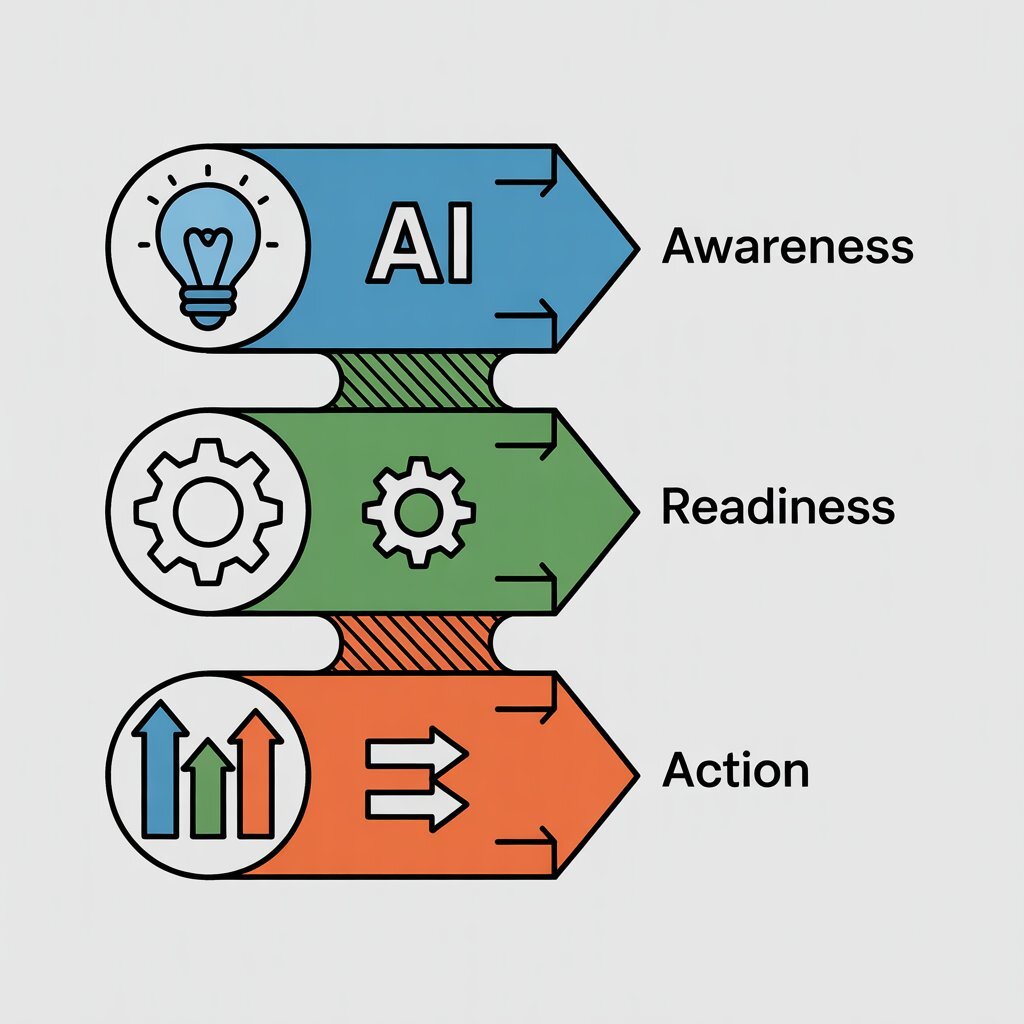
Awareness and readiness determine how effectively districts can adopt AI. Intentional preparation prevents reactive, inequitable, or unsafe implementation.
Key Questions:
- How aware are stakeholders of AI’s presence in schools?
- What indicators show readiness for AI policy?
- What conversations are needed before policy writing?
- What should Boards and Superintendents consider before adoption?
Pros:
- Promotes collaboration and shared ownership.
- Builds an innovation culture.
- Protects students and staff through clarity.
Cons:
- Overly specific policies may exclude contexts.
- Lack of policy risks legal and ethical consequences.
Staff Activity – Awareness and Readiness Discussion
Facilitators lead exploratory conversations on district AI awareness, readiness, and policy implications. Small groups analyze guiding prompts and resources, then report key takeaways for next steps.
Objectives:
- Increase understanding of district readiness.
- Identify ethical and legal considerations.
- Inform next steps toward task force or design sprint.
References and Resources
Making it Happen!
-
 Click to see a larger version
Skip to end of gallery
Skip to start of gallery
Click to see a larger version
Skip to end of gallery
Skip to start of gallery
-
 Click to see a larger version
Skip to end of gallery
Skip to start of gallery
Click to see a larger version
Skip to end of gallery
Skip to start of gallery
-
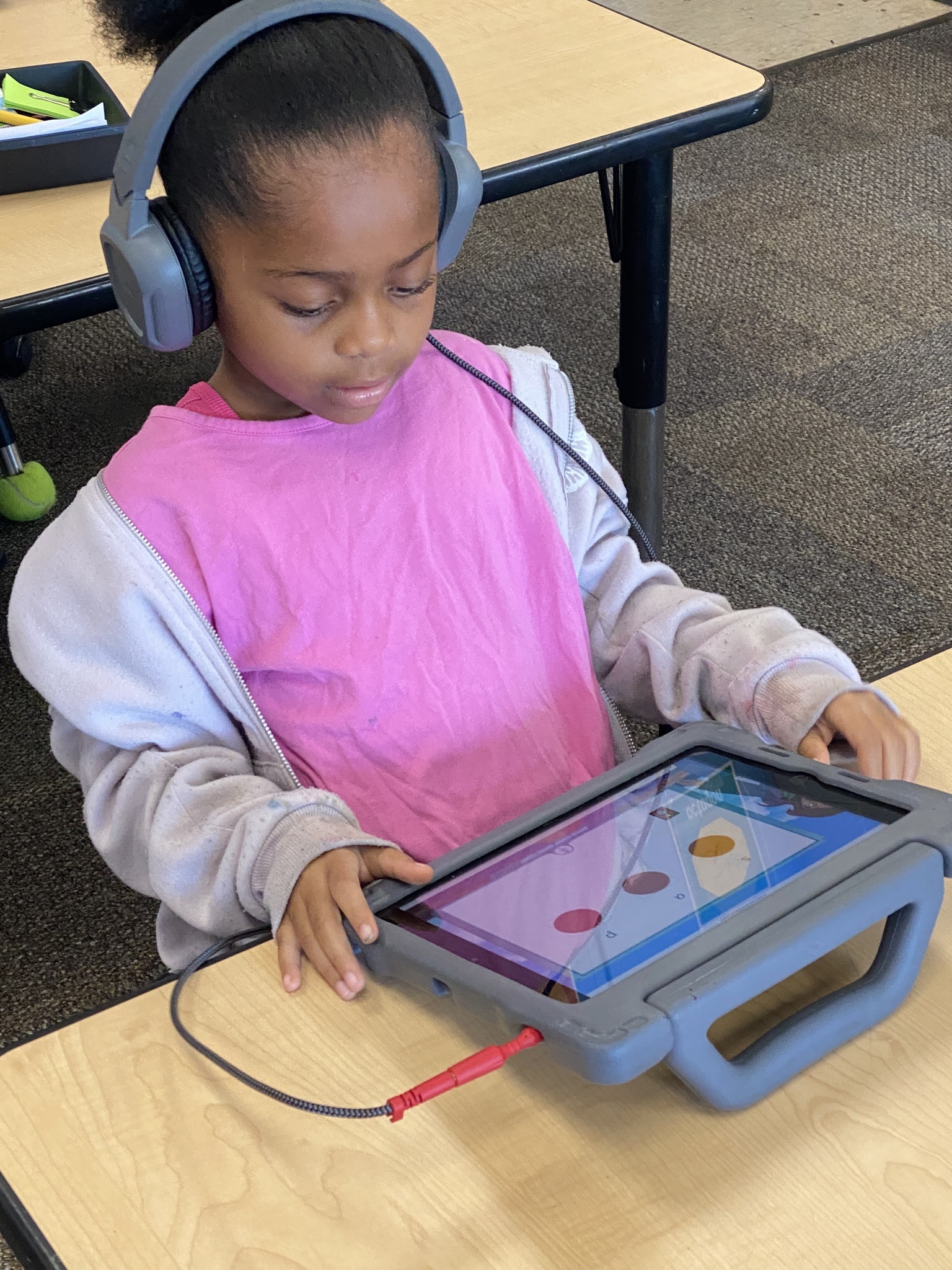 Click to see a larger version
Skip to end of gallery
Skip to start of gallery
Click to see a larger version
Skip to end of gallery
Skip to start of gallery
-
 Click to see a larger version
Skip to end of gallery
Skip to start of gallery
Click to see a larger version
Skip to end of gallery
Skip to start of gallery
-
 Click to see a larger version
Skip to end of gallery
Skip to start of gallery
Click to see a larger version
Skip to end of gallery
Skip to start of gallery
-
 Click to see a larger version
Skip to end of gallery
Skip to start of gallery
Click to see a larger version
Skip to end of gallery
Skip to start of gallery









